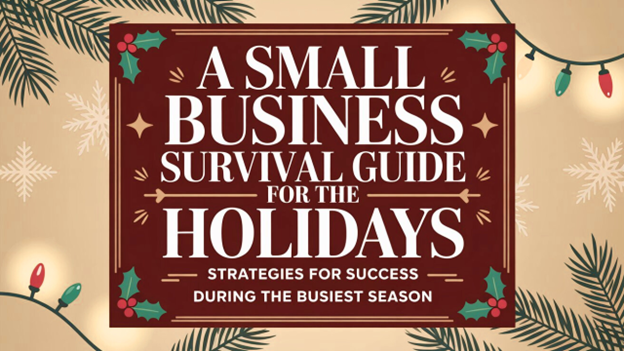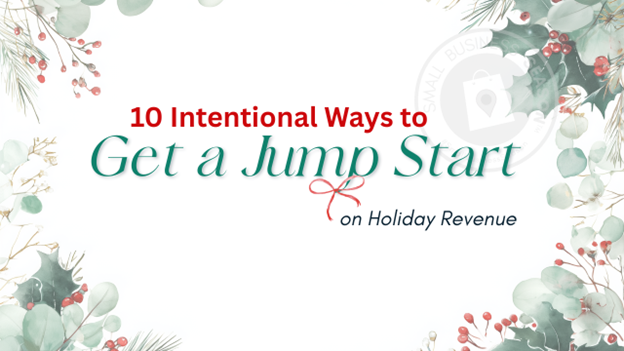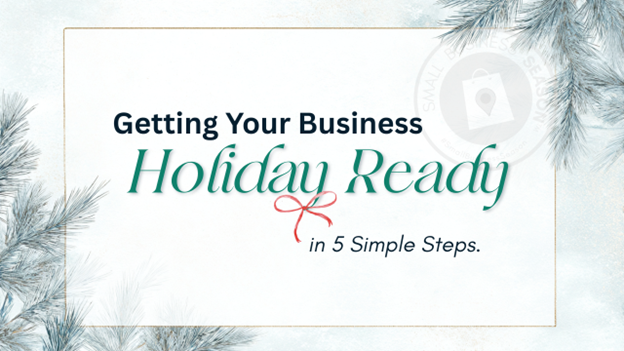The Hidden Cash Sitting In Your Business (And How to Find It)
A Guide to Recovering Revenue You Didn't Know You Were Losing
When was the last time you reviewed your business subscriptions? From software to streaming services, you could have hundreds of dollars out there that you had forgotten about. That’s money that’s been quietly slipping through the cracks.
Most business owners are so focused on bringing money in the front door that they don't notice it leaking out the back. But this "hidden cash" is actually easier to find than new customers, and the returns are immediate.
It’s a treasure hunt through your business finances so grab your coffee, block off a few hours, and let's go find your money.
Stop #1: The Subscription Graveyard
Time needed: 30-45 minutes
Pull up your bank and credit card statements from the last three months. Look for any recurring charges and ask yourself these questions:
- When's the last time someone on your team used this service?
- Are we paying for user seats that employees no longer occupy?
- Did we upgrade to a premium plan for a feature we used once?
- Is there a free or cheaper alternative that would work just as well? (This is especially important to ask yourself with many AI programs out there doing things you once needed from desparate pieces of software. Many platforms now do multiple tasks and you can cancel those that are redundant.)
Common culprits include stock photo subscriptions, legacy software that's been replaced but never cancelled, LinkedIn Premium accounts for former salespeople, and that project management tool everyone swore they'd use but didn't.
Action item: Create a simple spreadsheet listing every subscription, its monthly cost, who uses it, and when you last reviewed it. Set a calendar reminder to repeat this exercise every six months.
Stop #2: Your Pricing Structure
Time needed: 2-3 hours
When was the last time you looked at your pricing? Not tweaked it, but truly analyzed whether it reflects your current costs, expertise, and market position?
Many business owners set their prices years ago and rarely revisit them. Meanwhile, their costs have increased, their skills have improved, and their market value has grown. You could be leaving significant money on the table.
Here's a quick pricing health check:
- Compare your pricing to three competitors. Are you significantly lower? Why?
- Calculate your true cost of delivery TODAY including your time, materials, overhead, and a reasonable profit margin. Are you actually making money on each sale?
- Review your most and least profitable products or services. Should you be promoting different offerings?
- Check if you have any "legacy" customers still on old pricing from years ago.
Action item: Block out time next week to analyze your three best-selling products or services. Run the numbers, then consider whether a strategic price increase makes sense.
Stop #3: Vendor Contract Review
Time needed: 1-2 hours per major vendor
Your business relationships shouldn't be on autopilot. That insurance policy, cleaning service, or shipping contract you signed three years ago? The market has probably changed, and you might have more negotiating power than you think.
Start with your biggest recurring expenses: rent, insurance, utilities, payment processing, shipping, and major suppliers. For each one, ask:
- When did we last shop around or renegotiate?
- Has our volume increased, potentially qualifying us for better rates?
- Are there competitors offering introductory deals to win our business?
- What would it take to get a 10% discount—annual prepayment, longer contract, higher volume commitment?
You'd be surprised how often a simple phone call results in immediate savings. For instance, if you were to contact your credit card processor to discuss rates and review options, and they agreed to reduce their processing fees by 0.4%, how much money would that put in your pocket instead of theirs? It’s worth the ask.
Action item: Identify your top five recurring expenses. Make it a goal to renegotiate or shop around for one per month over the next five months.
Stop #4: The Cash Flow Calendar
Time needed: 1-2 hours initially
This isn't exactly "hidden" cash, but it's cash you're not accessing efficiently. Many businesses have money trapped in poor timing—paying vendors before they collect from customers, missing early payment discounts, or not taking advantage of favorable payment terms.
Cash flow is the most common reason businesses fail. It’s not failing to make sales; it’s the timing of payments.
Map out a simple cash flow calendar showing:
- When you typically get paid by customers (net 30, net 60, etc.)
- When you have to pay vendors and suppliers
- Any seasonal gaps or crunches in cash availability
Then look for opportunities:
- Can you incentivize customers to pay faster with small discounts?
- Should you negotiate longer payment terms with vendors to match your collection cycle?
- Are you taking advantage of early payment discounts from suppliers when they make financial sense?
- Could you shift major expenses away from traditionally slow revenue months?
Action item: Create a basic cash flow calendar for the next three months. Look for any obvious timing mismatches or opportunities.
Stop #5: Unused Assets and Dead Inventory
Time needed: 2-4 hours
Walk through your space and look for things you're paying to store, maintain, or insure that you're not using.
Physical inventory that hasn't moved in over a year is costing you money in storage, insurance, and opportunity cost. It's better to liquidate it at a discount and redeploy that cash than to let it gather dust. The same goes for equipment you're maintaining but not using, domain names you're not developing, or office space you're renting "just in case."
Action item: Do a physical inventory check. Flag anything that hasn't been touched in 6-12 months and plan to either use it, sell it, or donate it.
Stop #6: Tax Advantages You're Missing
Time needed: 1 hour + consultation
The IRS will never contact you to tell you that you’re paying too much. Nor will they call with a helpful “you missed this deduction.”
Some commonly overlooked deductions and strategies include:
- Home office deduction (if you work from home)
- Vehicle mileage for business purposes (not just big trips—those coffee meetings count)
- Professional development and continuing education
- Equipment purchases that can be immediately expensed under Section 179
- Health insurance premiums for self-employed individuals
- Retirement contributions that reduce taxable income
Action item: Schedule a meeting with your accountant specifically to discuss tax optimization strategies. Bring your questions. A good accountant can often find savings that more than pay for their fees.
Your 30-Day Treasure Hunt Plan
Finding hidden cash doesn't have to be overwhelming. Start slowly and as you find money, you’ll be emboldened to do more.
Here's a realistic action plan:
Week 1: Review subscriptions and cancel what you don't need (30-45 minutes)
Week 2: Analyze your three best-selling products/services for pricing opportunities (2-3 hours)
Week 3: Contact your biggest vendor to discuss rates and terms (1 hour)
Week 4: Create your cash flow calendar and identify one timing improvement (1-2 hours)
Total time investment: 5-7 hours
Potential monthly recovery: $500-$3,000+
Potential annual recovery: $6,000-$36,000+
Finding hidden cash is as easy as setting aside the time to pay attention to the details that get overlooked when you're busy running and growing your company.
The beauty of this is that every dollar you recover goes straight to your bottom line. You don't have to market for it, deliver it, or service it. It's simply money that was already yours. You just needed to find it.
-----------------------------
Christina Metcalf is a writer and women’s speaker who believes in the power of story. She works with small businesses, chambers of commerce, and business professionals who want to make an impression and grow a loyal customer/member base. She is the author of The Glinda Principle, rediscovering the magic within.
_______________________________________
Medium: @christinametcalf
Facebook: @tellyourstorygetemtalking
Instagram: @christinametcalfauthor
LinkedIn: @christinagsmith




